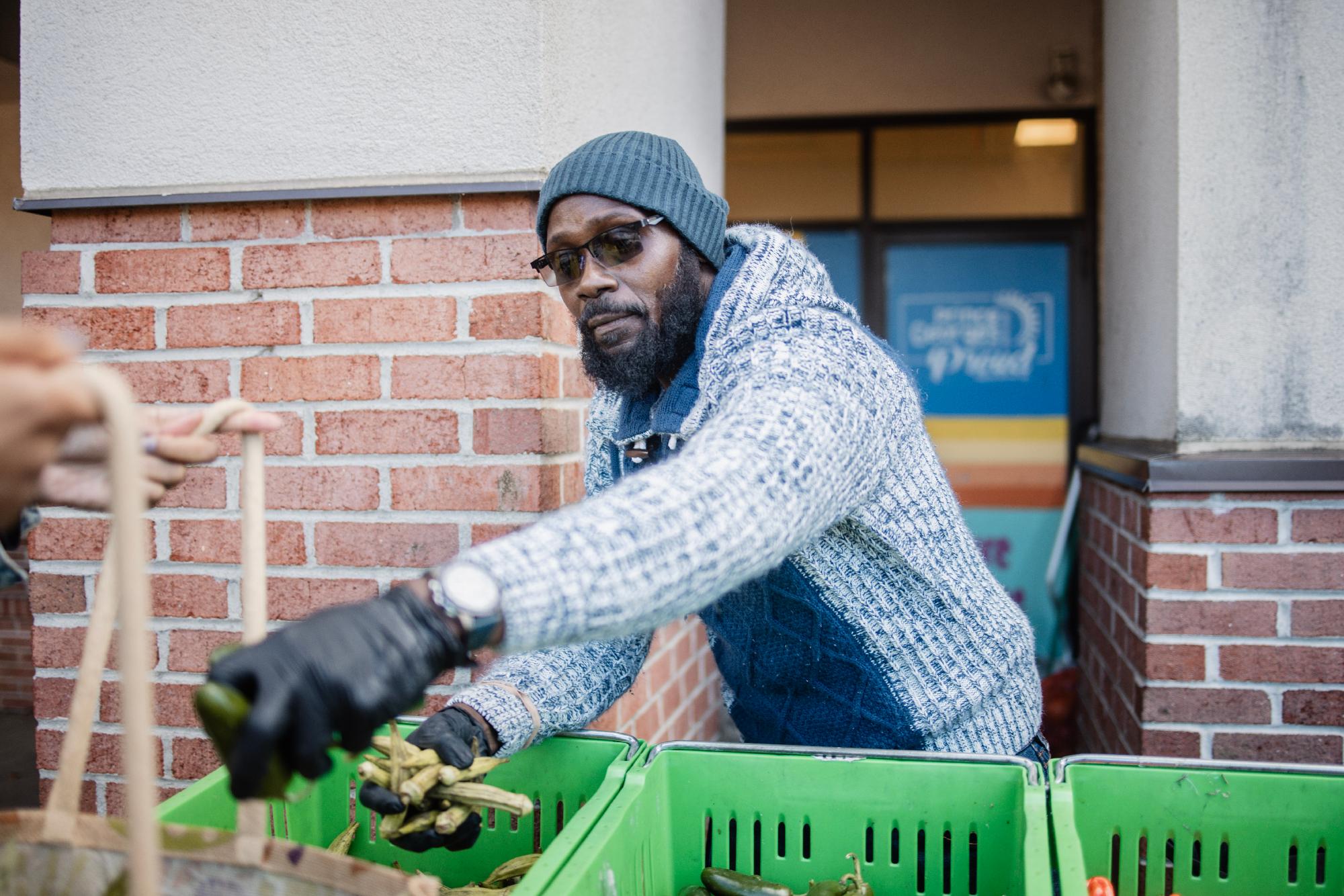
That’s why Montanans are turning to the co-op model, where consumers—and sometimes workers—collectively own the business, to preserve their local grocery stores and protect their access to food. MCDC has identified at least eight communities at risk of losing their local grocery access. The ability to convert their local grocery stores into co-ops offers a path to keep the businesses open, local and thriving while meeting the communities’ needs, protecting access to food, and supporting local schools and students. Plus, the community would have a share in any profits. MCDC will tap into the existing co-op assets in the state, engaging emerging and legacy cooperatives to rally around these conversions. They’ll work with a Rural Grocery Store Transition Specialist to provide tailored support to these communities and will create a toolkit informed by Montana successes and national expertise to allow other rural communities to take action to save local grocery stores through co-op conversions.
USDA Support for Solving Rural Challenges
At the Cooperative Development Foundation (CDF), we stand by cooperative champions like MCDC who leverage the cooperative business model to solve societal challenges, reinforce democratic decision-making and improve economic opportunities for all. Thanks to a $1 million grant from USDA’s National Institute of Food and Agriculture (NIFA), CDF is honored to work in partnership with nine cooperative development organizations to support projects like the ones in Montana (see full list of partners below). In 2026, we’ll help community members across the country—and particularly in Arizona, Arkansas, Florida, Idaho, Illinois, Indiana, Louisiana, Maryland, Minnesota, Montana, Nevada, New Jersey, New Mexico, North Dakota, Oklahoma, Pennsylvania, Tennessee, Texas, Utah, Washington, West Virginia and Wisconsin—to take action to meet their needs and make the most of the opportunities they see.
These are just a few of the cooperative initiatives we’ll support next year:
- With the Northwest Cooperative Development Center (NWCDC), we’ll support the development of worker-owned home care co-ops in the Pacific Northwest who are helping care for our elders through businesses that pay decent wages and provide worker benefits.
- With the Indiana Cooperative Development Center (ICDC), we’ll support a new farm stop in the Midwest that will connect local farmers to markets where they can sell their produce all year.
- With Keystone Development Center (KDC), we’ll help farmers in the mid-Atlantic explore the co-op business model to address succession planning and utilize a temporary agricultural worker co-op to meet local demands.
- With the University of Wisconsin Center for Cooperatives (UWCC), we’ll turn state-of-the-art research on governance into a training series for co-op board directors, who are critical to the democratic governance of co-ops.
 Weaving a Co-op Tapestry
Weaving a Co-op Tapestry
What we at CDF are particularly excited about is the opportunity to deepen and expand co-op ecosystems thanks to this USDA grant. We’ll work with state-based and regional co-op support organizations in Minnesota, Montana and the South/Central U.S. to build cross-sector co-op partnerships, improve access to technical assistance and needed funding, and share model policies to support co-op enterprises in those regions and implement cooperative Principle 6: Cooperation Among Cooperatives.
As the apex U.S. cooperative foundation and partner to the National Cooperative Business Association (NCBA), CDF is uniquely poised to support cross-sector partnerships that address local and regional co-op economies while also weaving together a stronger, more vibrant national co-op support ecosystem.
Why It Matters
Those eight at-risk towns in Montana are looking for a practical, actionable solution to a very real and immediate problem. The challenges American communities are facing right now are certainly nuanced and different from each other. People may be concerned about access to food or care for elderly parents; they may live in rural areas or big cities; they may be seeking decent working conditions, a way to build wealth over time, a voice in their future, or connection to their community. Whatever the challenge, the geography or the desire, there are co-op solutions. The versatility of this business model makes it an ideal instrument to ensure that people can address their needs, pursue their aspirations, build shared wealth and thrive in community.
As we get ready to embark on this work with our nine partners, we would love to hear from you. How is your sector meeting challenges today and preparing for the challenges of tomorrow? What combination of business supports are available for co-op startups or conversions in your region? How can we foster stronger connections to and among cooperatives in a local economy? How can we partner with you? Let us know!
Our Partners
- CoNorth (formerly known as Northcountry Cooperative Foundation)
- South/Central Rural Cooperative Center (SCRCC), University of Texas Rio Grande Valley


